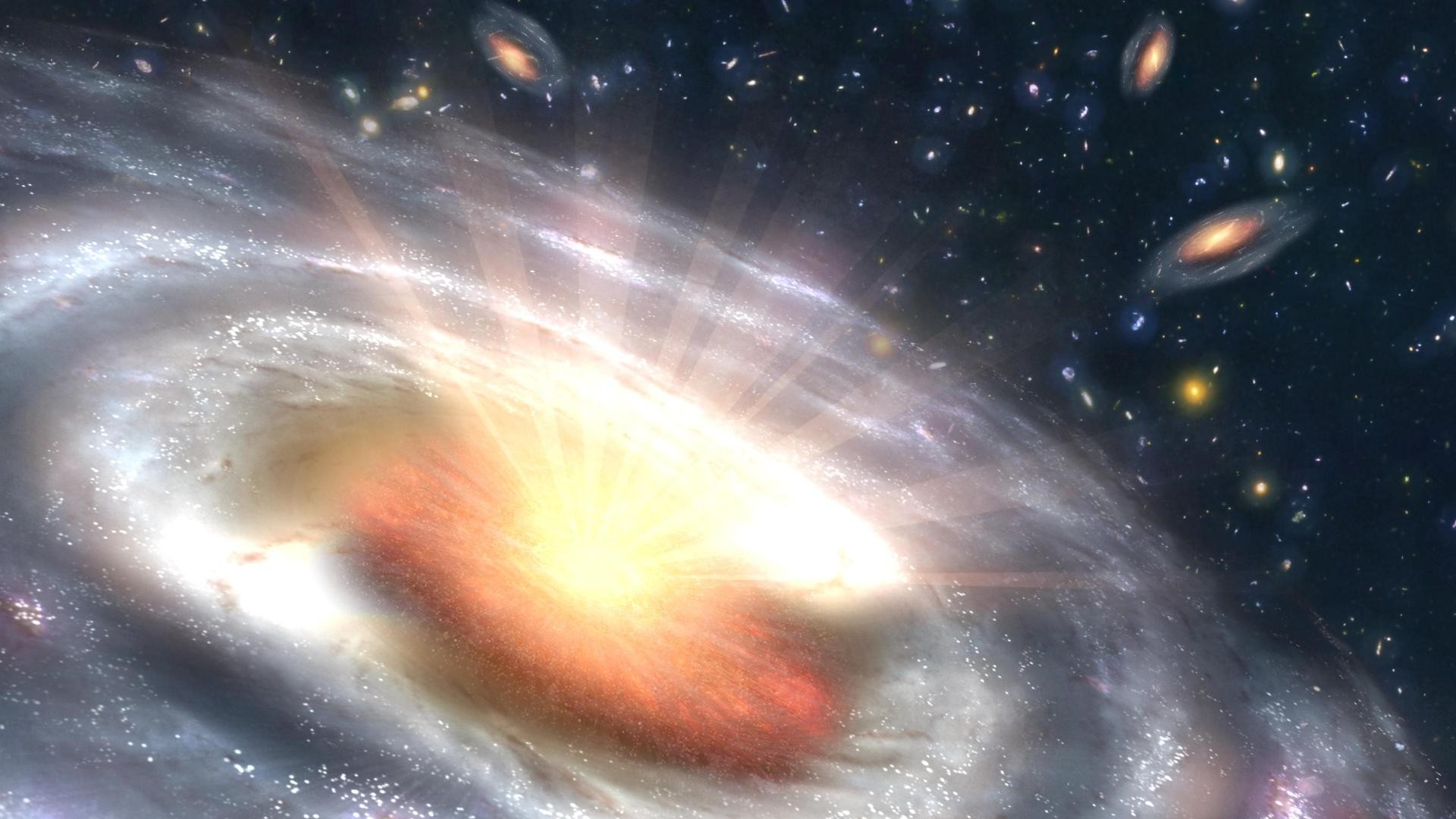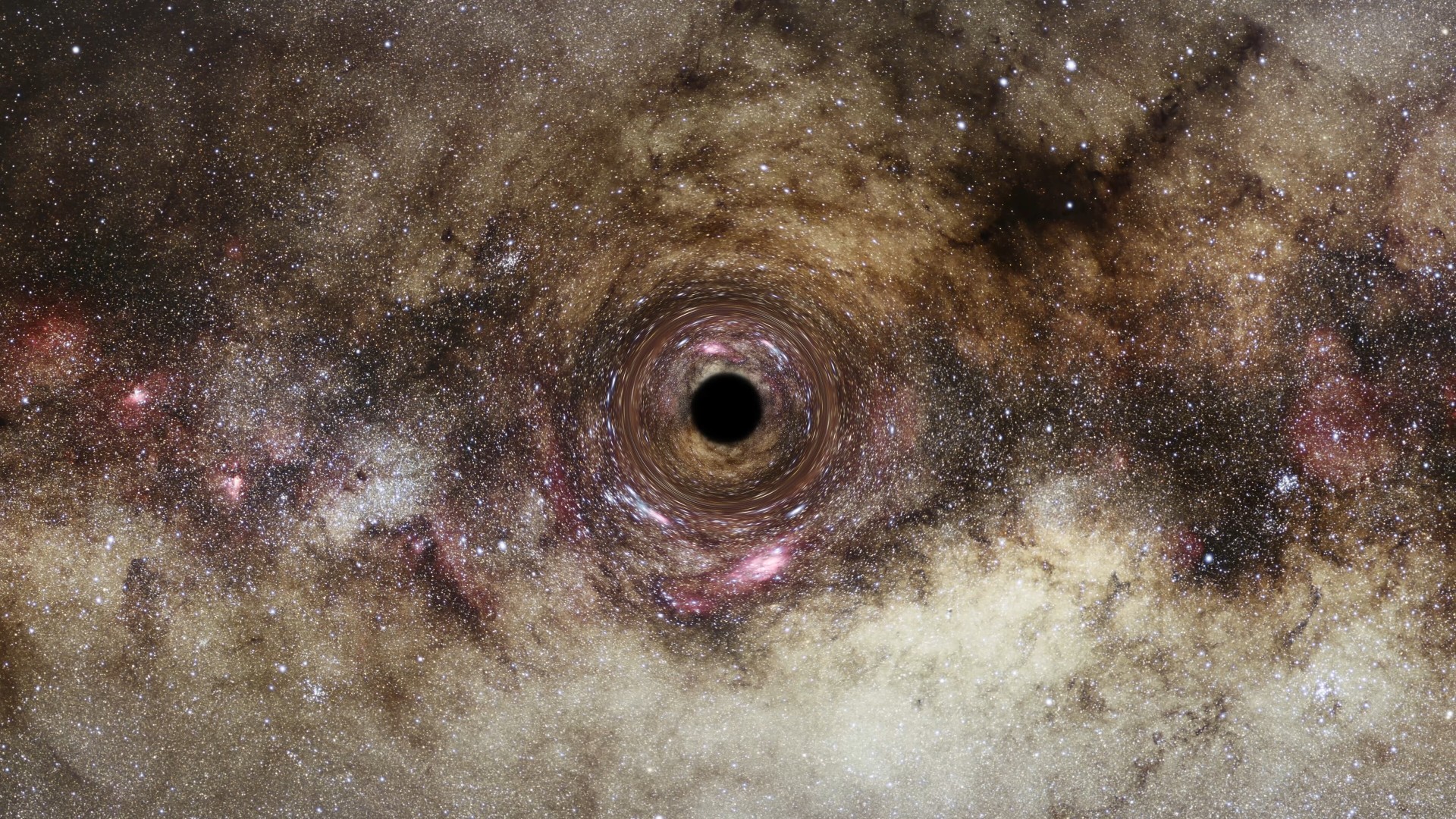Will the sun ever become a black hole?
Black hole sun, won't you come? It all depends on a star's mass before it dies.

In around 5 billion years, the sun will reach the end of its nuclear-fuel-burning life and will no longer be able to support itself against its own gravity. The outer layers of our star will spread away (possibly destroying Earth in the process) while the core collapses into an incredibly dense state, leaving behind a stellar remnant.
If the gravitational collapse of a stellar core is complete, the stellar remnant will be a black hole, a region of space and time with a gravitational influence so great that not even light can escape its clutches.
So, will the sun become a black hole when it dies?
In a word, "no," the sun just doesn't have what it takes to become a black hole.
"It is very simple: the sun is just not heavy enough to become a black hole," Xavier Calmet, a black hole expert and physics professor at the University of Sussex in the U.K., told Live Science via email.
Related: A black hole 'assassin' ripped a star to shreds and left its guts strewn about the galaxy
Several conditions affect whether a star can become a black hole — including its composition, its rotation, and the processes that govern its evolution — but the main requirement is the right amount of mass, Calmet said.
Get the world’s most fascinating discoveries delivered straight to your inbox.
"Stars with initial masses greater than about 20 to 25 times the mass of our sun have the potential to undergo the gravitational collapse needed to form black holes," Calmet said.
This threshold, known as the Tolman-Oppenheimer-Volkoff limit, was first calculated by J. Robert Oppenheimer and colleagues. Currently, scientists think a dying star has to leave behind a stellar core that is somewhere around two to three times the mass of the sun to create a black hole. So, theoretically, if the sun were twice its current mass, it would have a shot at becoming a black hole, right?
Wrong.
When a star depletes the nuclear fuel at its core , the nuclear fusion of hydrogen to helium is still happening in its outer layers. So, as the core collapses, the outer layers expand from the star and it enters what is known as the red giant phase.
When the sun becomes a red giant in around 6 billion years — a billion years after it runs out of hydrogen at its core — it will expand to around the orbit of Mars, swallowing the inner planets, possibly including Earth. The red giant's outer layers will cool over time and spread out to form a planetary nebula around the sun's smoldering core.
Massive stars that create black holes go through several such periods of collapse and expansion, losing more mass each time. That's because at the high pressures and temperatures of such heavyweights, the stars can fuse heavier elements. That proceeds until the star's core is made of iron, the heaviest element a star can create, and the star explodes in a supernova, losing even more mass.
According to NASA, typical stellar-mass black holes (the smallest variety astronomers have observed) are three to 10 times heavier than the sun, but they can get as massive as 100 times the sun. A hefty stellar-mass black hole doesn't start out this way; it gets heavier by feeding on nearby gas and dust, and even on the bodies of its companion star if it once belonged to a binary system.
The sun, however, will never make it to the fusing-iron stage. Instead, the sun will become a white dwarf, a dense, Earth-size star, Calmet said. So, Earth will never know the thrill and terror of being swallowed by a black hole… unless of course the entire universe is already inside of one.
Robert Lea is a science journalist in the U.K. who specializes in science, space, physics, astronomy, astrophysics, cosmology, quantum mechanics and technology. Rob's articles have been published in Physics World, New Scientist, Astronomy Magazine, All About Space and ZME Science. He also writes about science communication for Elsevier and the European Journal of Physics. Rob holds a bachelor of science degree in physics and astronomy from the U.K.’s Open University




